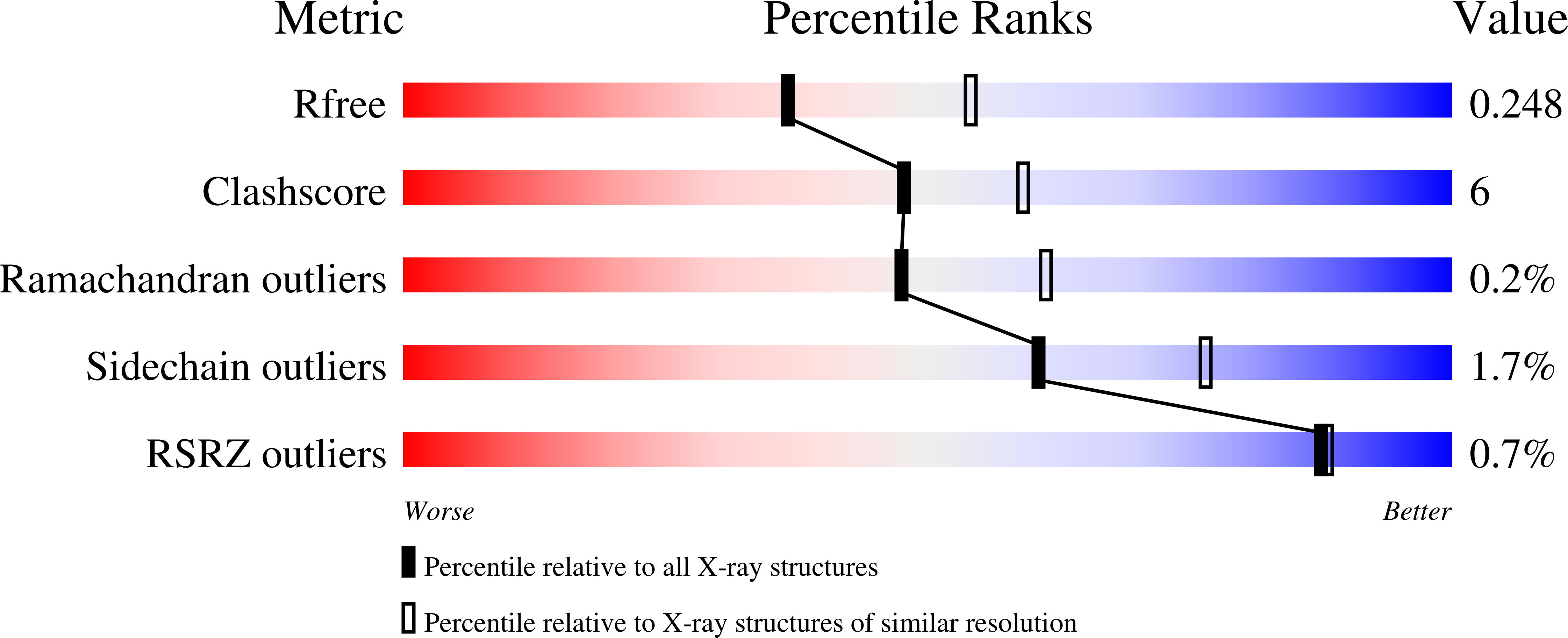
Deposition Date
2021-05-27
Release Date
2021-08-18
Last Version Date
2024-11-06
Entry Detail
PDB ID:
7N19
Keywords:
Title:
DR3 in complex with Aspergillus nidulans NAD-dependent histone deacetylase hst4 peptide
Biological Source:
Source Organism:
Homo sapiens (Taxon ID: 9606)
synthetic construct (Taxon ID: 32630)
synthetic construct (Taxon ID: 32630)
Host Organism:
Method Details:
Experimental Method:
Resolution:
2.38 Å
R-Value Free:
0.24
R-Value Work:
0.20
R-Value Observed:
0.20
Space Group:
P 1 21 1


